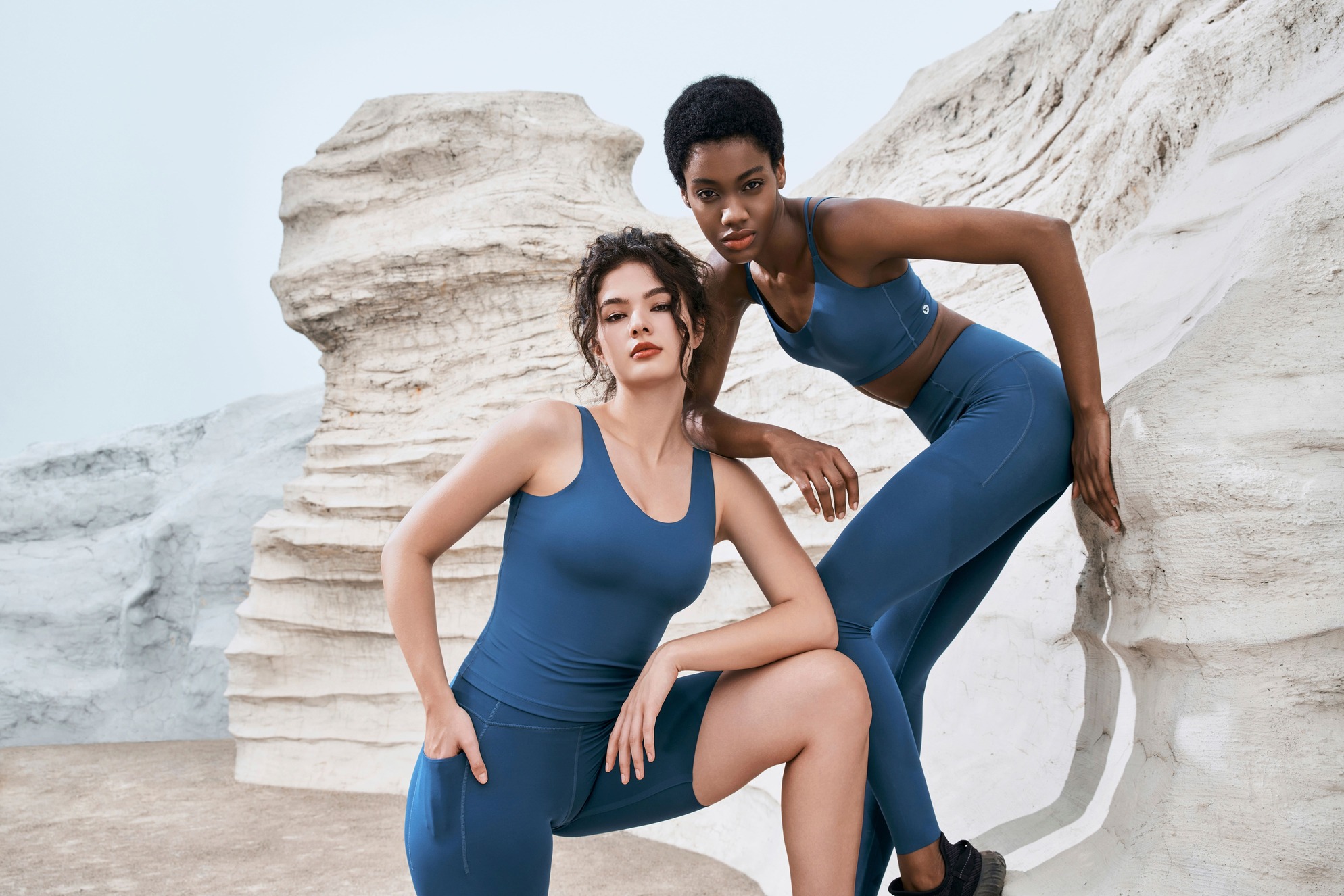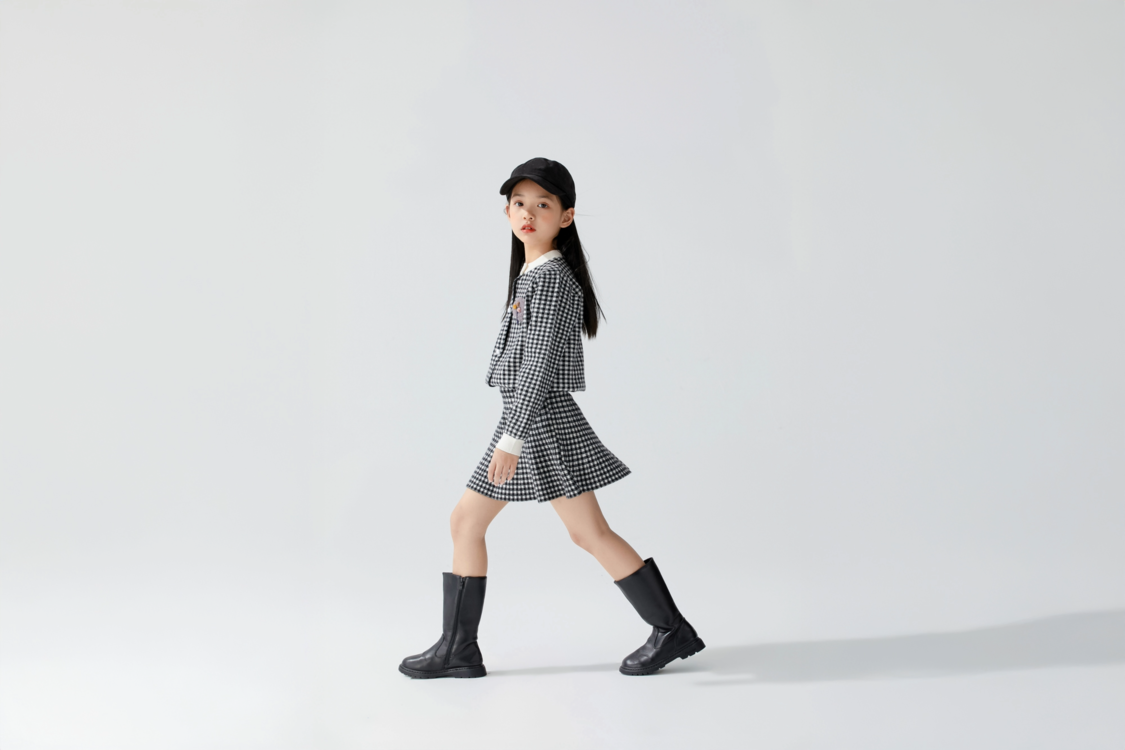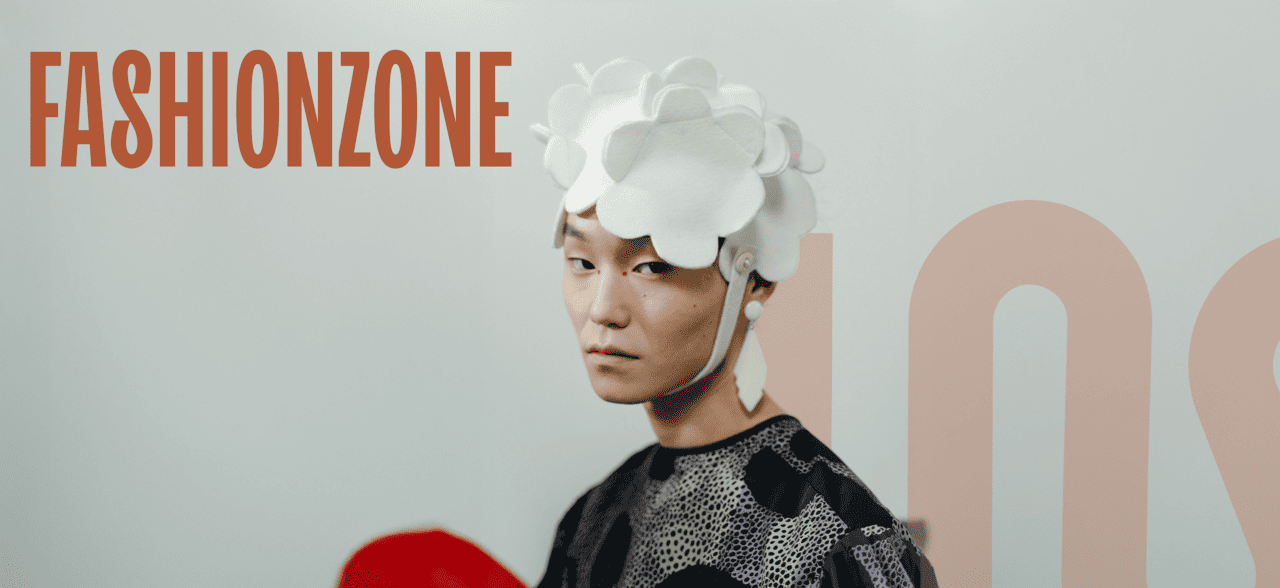October 2024
Bringing Slow Fashion Into Your Brand Strategy
Ester Bazzanella

Since the Nike sweatshop controversy of the early 90s, consumers have become more aware of where their clothing comes from.
They’re prioritizing buying from sustainable brands and they’re becoming more critical of greenwashing – demanding that brands take more accountability for their manufacturing and supply chains.
It’s in this climate of change that slow fashion enters as a solution to many of the fashion industry’s most pressing issues.
In this article, we’ll explain what slow fashion is, why it’s important, and how you can implement slow fashion principles into your brand strategy.
What is slow fashion?
Slow fashion is quality over quantity.
Slow fashion is a movement that prioritizes sustainable and ethical practices in clothing production.
Coined by fashion and sustainability pioneer Kate Fletcher in 2007, slow fashion promotes ethical production methods, sustainable materials, and longevity in garment design.
It’s the opposite of fast fashion – a model based on cheap, disposable clothing and rapid production cycles.
Slow fashion encourages thoughtful consumption of high-quality garments.
It’s about fewer collections with more timeless designs. It’s about making clothing with more durable materials, and for some brands it means repairing consumers’ old clothing as well.
The ultimate goal of slow fashion is greater sustainability in the fashion industry. And there are many ways to do that, from reducing waste to more ethical clothing production, and encouraging conscious consumption.
Why is slow fashion important?
You may think that slow fashion is a passing trend – a philosophy that few consumers subscribe to.
While slow fashion isn’t quite a household name just yet, sustainability is – consumers are becoming increasingly conscious of the choices they make and the products they buy. Not only that but no matter how you look at it, you cannot deny that slow fashion is good for the fashion industry. It’s a better model for the planet and the people who make our clothing.
Let’s break it down:
Consumer Preferences are Shifting
As we mentioned earlier, consumer behavior is changing. Shoppers are more mindful than ever of the environmental and social impact of their purchases.
A 2021 research study found that almost 60% of consumers are willing to change their shopping habits to reduce their environmental impact. In addition, more than 70% of consumers say it’s at least moderately important that brands are sustainable and environmentally responsible.
By integrating slow fashion principles into your brand, you can attract and retain eco-conscious customers who value sustainability.
The Fashion Industry’s Environmental Impact
The fashion industry is one of the largest polluters in the world. Fast fashion production models rely on quick, mass-scale manufacturing.
The result?
Overconsumption and massive textile waste.
The average American throws away 81 pounds of clothing each year.
People buy clothing today and throw it out tomorrow. Fast fashion garments are often so cheaply made that it’s not even worth repairing them.
Slow fashion addresses these issues. It promotes more sustainable practices, from production to consumption, and encourages people to rethink their spending habits.
Ethical Production Matters
These days, shoppers are looking for brands that not only deliver style but also uphold values that align with their own. Those values include wanting safe working conditions and living wages for the people making our clothing.
Slow fashion places a significant emphasis on fair labor practices and ethical working conditions.
As transparency becomes a greater priority for consumers, brands that can demonstrate their commitment to ethical production have a competitive advantage.
Bringing Slow Fashion to Your Brand
Integrating slow fashion principles into your brand doesn’t require an overnight transformation. You can start small and scale your efforts as you grow. Here are some ways you can inject slow fashion into your brand.
Use Sustainable Materials
One of the biggest ways to shift toward slow fashion is by sourcing sustainable materials.
Look for fabrics like organic cotton, TENCEL™, hemp, or recycled polyester. These materials have a lower environmental impact compared to traditional options like conventional cotton or synthetic fibers derived from fossil fuels.
When you sell clothing with eco-friendly materials, you’re letting your customers know that you care about the environment.
You can promote the materials you use in your marketing efforts – or it can just be something you mention casually in your product descriptions.
Insist on Ethical Labor
Garment workers are typically paid by the piece. This incentivizes fast production but sacrifices quality.
Slow fashion, unsurprisingly, takes things slower. It emphasizes quality. Workers are paid living wages and work in good conditions. And of course, well-made garments last longer than lower quality pieces.
It requires a serious commitment, but insisting on ethical labor in your manufacturing or sourcing is one of the best slow fashion practices you can implement for your brand.
Focus on Quality and Longevity
Slow fashion emphasizes garments that are built to last.
The longer a garment lasts, the less often it needs to be replaced, and the less waste that is produced. People can wear the same garment for longer without having to purchase a new one.
When you produce well-made pieces that encourage long-term use, you position yourself as a brand that emphasizes quality. In this way, you also build trust with your customers.
They’ll see your clothing as pieces worth investing in, rather than a disposable fashion fix.
Emphasize Timeless Designs
Many fast fashion brands release dozens of collections every year. They create a cycle of overproduction and overconsumption cashing in on short-lived trends.
But if you cater to quick trends, your clothing will be in style today and in a landfill tomorrow.
A slow fashion approach limits the number of collections brands release.
Instead, your focus should be on creating fewer designs but more timeless designs. Consider releasing seasonal collections or capsule collections that emphasize versatility and timeless style.
Alternatively, you could also limit the number of pieces you produce to ensure they all sell out.
Implement Transparent Practices
Consumers today want to know where their clothes come from and how they’re made. Make transparency a core part of your brand by offering insight into your production process.
Showcasing your supply chain, labor conditions, and material sourcing will help build trust and credibility with your shoppers.
Educate Your Customers
Some shoppers may not understand the full impact of their choices. But if they did, they would gladly make different choices. You need to help them understand the importance of slow fashion.
Use your platform to educate them. Use blog posts, product descriptions, and social media content to share information about sustainability, ethical production, and garment care.
Keeping people informed can help inspire your audience to make more conscious decisions. In addition, once they understand the benefits of slow fashion, your brand image will be strengthened in their minds.
Provide Clothing Repair Services
Repairing clothing does two things:
It encourages consumers to wear pieces for longer and motivates them to purchase more quality clothing in the first place.
As a branding exercise, offering repair services helps position your brand as one that is committed to sustainability. It also helps nurture relationships with your customers.
Slow Fashion in the Real World
Understanding slow fashion on paper is great, but let’s take a look at how some brands have implemented slow fashion principles.
Patagonia
As an outdoor sports company, Patagonia has built its brand around environmental and ethical responsibility.
Patagonia launched its Worn Wear program in 2012 to help keep old clothing out of landfills. Worn Wear encourages customers to trade in their used Patagonia gear for credit.
The brand also provides repair services to promote repair over replacement. This initiative encourages customers to repair their gear rather than buy new products, reducing overall consumption and extending the life of each item.
Patagonia also uses eco-friendly materials such as organic cotton and recycled polyester. They even developed Yulex, a proprietary natural rubber material to replace petroleum-based neoprene in their wetsuits.
Aura Consortium
The Aura Consortium is a nonprofit organization formed by luxury brands.
By utilizing blockchain technology, Aura allows consumers to trace the entire lifecycle of their garments, from raw material sourcing to final production. They can ensure every step meets high environmental and ethical standards.
It’s a great example of bringing greater transparency to the fashion industry.
Reformation
Reformation is a well-known example of a brand that’s dedicated to slow fashion principles.
Their mission is to make clothes that are as sustainable as they are stylish.
Reformation uses sustainable fabrics, from deadstock fabrics to eco-friendly fibers like TENCEL™. They also offer transparency through their RefScale, which shows customers each product’s environmental impact.
By prioritizing eco-conscious materials and ethical manufacturing, Reformation has successfully tapped into a market of sustainability-minded consumers.
Slow Fashion For the Planet
You now have a much better understanding of the slow fashion movement and what it entails. Hopefully you have some ideas about how you can start incorporating slow fashion into your brand’s DNA.
Whether you start by sourcing sustainable materials or changing how often you release new collections, every step you take helps your brand contribute to a more sustainable future.
If you’d like to learn more about how your brand can be more environmentally friendly, download our e-book Sustainability for Online Apparel Stores.








